Auschwitz Birkenau
The Auschwitz-Birkenau Museum and Memorial is visited by great numbers of pilgrims. Many heads of state on official visits to Poland come here to pay homage to the victims of Nazi genocide.
The scene of martyrdom of millions of people during World War II. The largest Nazi concentration camp in German-occupied Europe. Here the Germans were carrying out their genocidal plan of exterminating the whole nations, mainly Jews and Poles. The number of victims is difficult to establish. Most probably about 1,100,000 people of 28 nationalities perished in the Auschwitz-Birkenau camps; the majority of them were Jews brought from different countries.
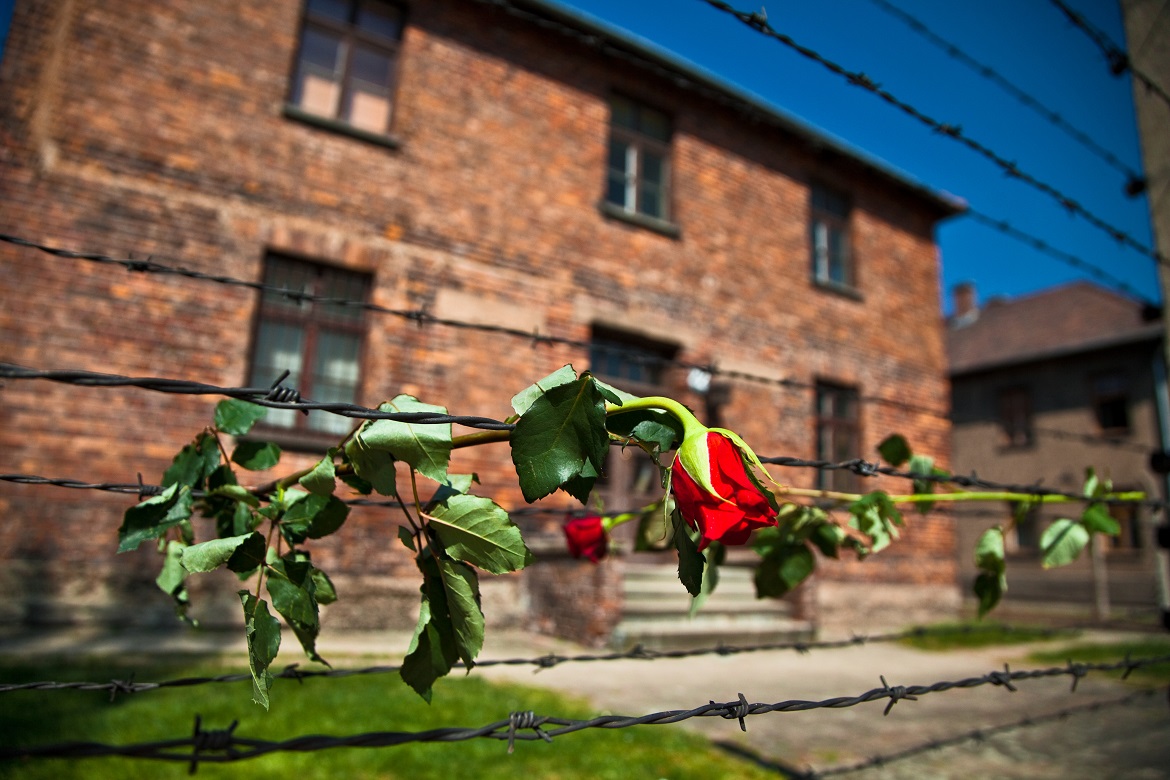
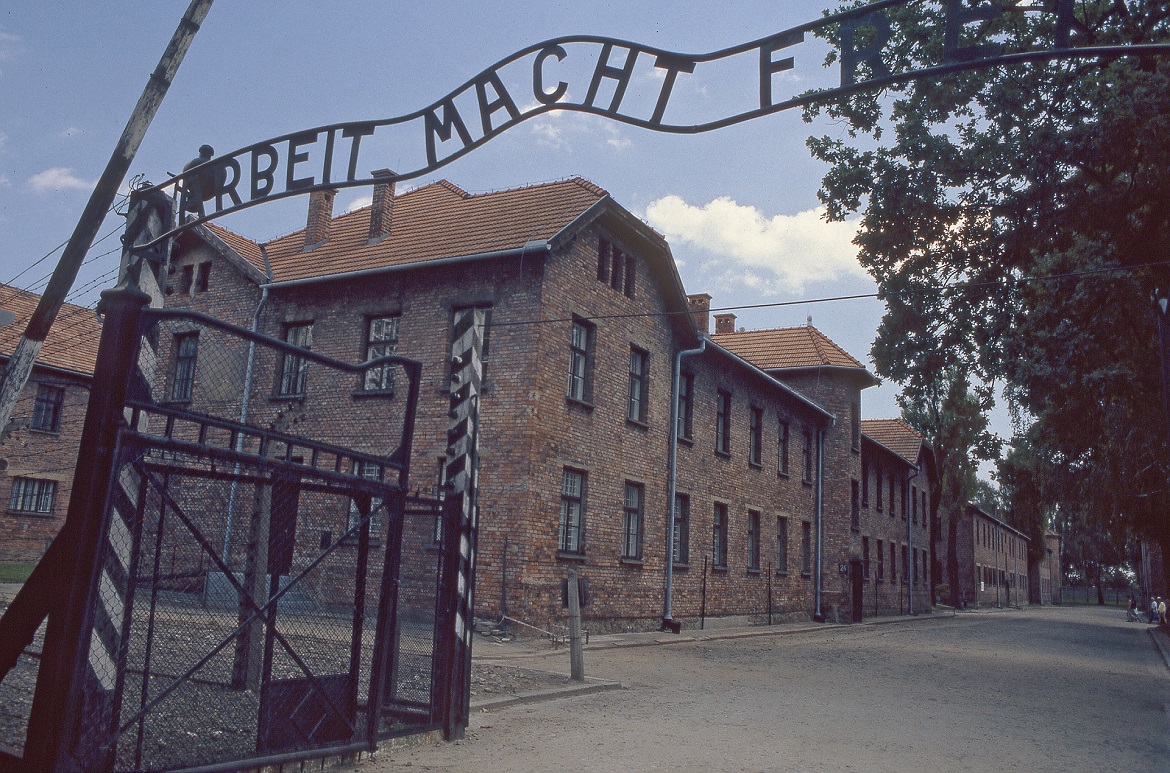
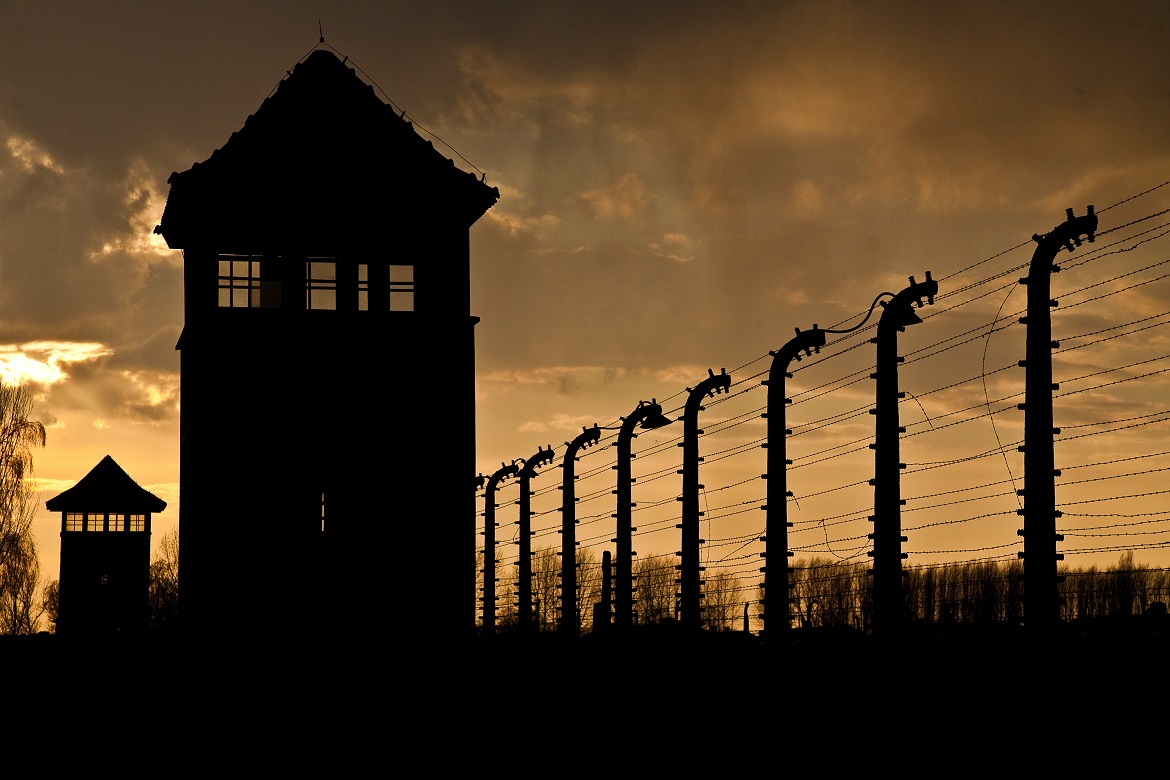
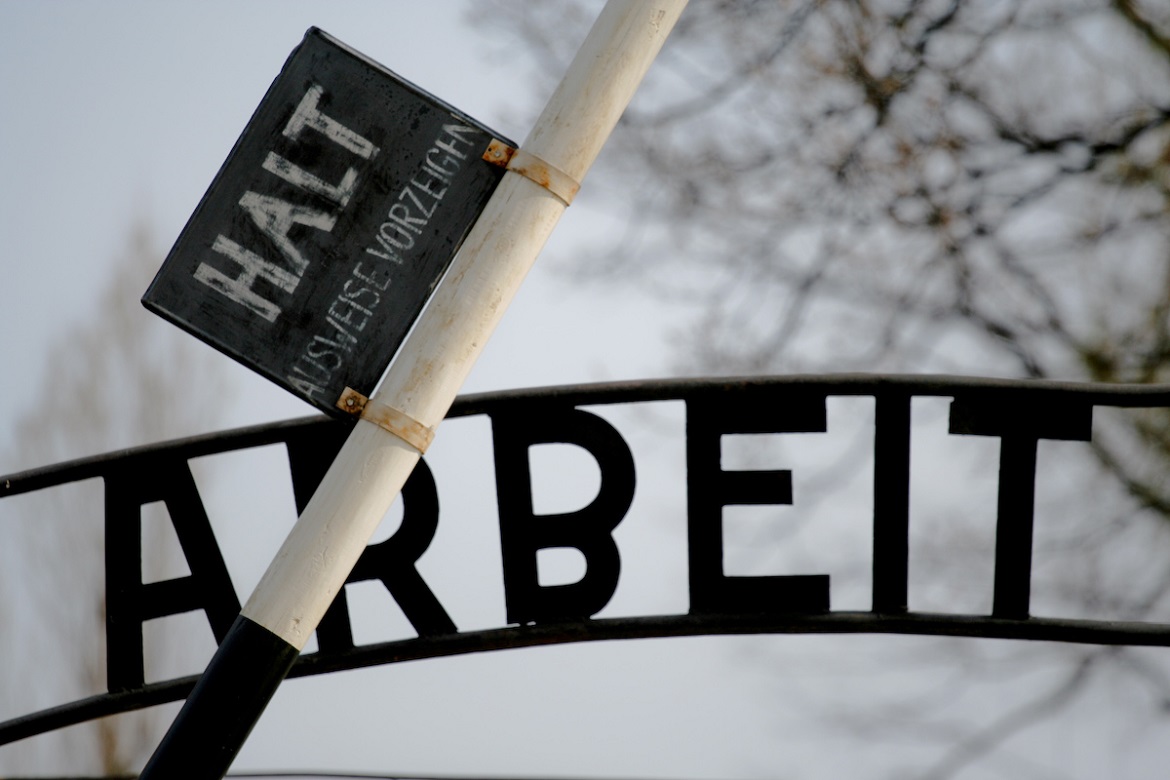
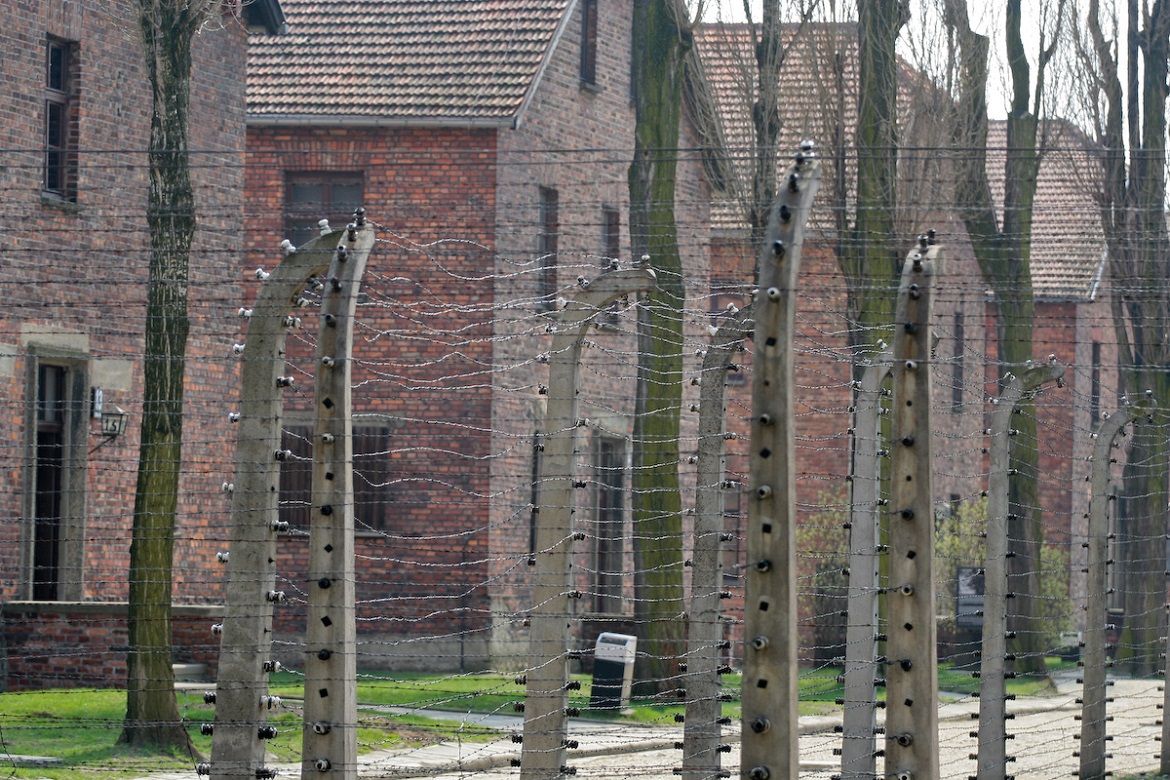
The concentration camp named Auschwitz I was established in April 1940 on the outskirts of Oświęcim. The first transports came in June of the same year. After entering the site through the camp gate with the inscription “Arbeit Macht Frei” (Work Makes Free), the visitors tour prison blocks in which an exhibition of the Auschwitz- Birkenau State Museum was arranged. The display contains evidence of the genocide, including personal items taken from the victims as well as photographs and documents.
The main extermination center and the world’s largest cemetery, Birkenau, was built in the suburbs of Oświęcim in 1942. Some barracks and ruins of the crematoria and gas chambers can be seen there today. The International Camp Victims Memorial was unveiled in 1967 to commemorate the murdered people.


